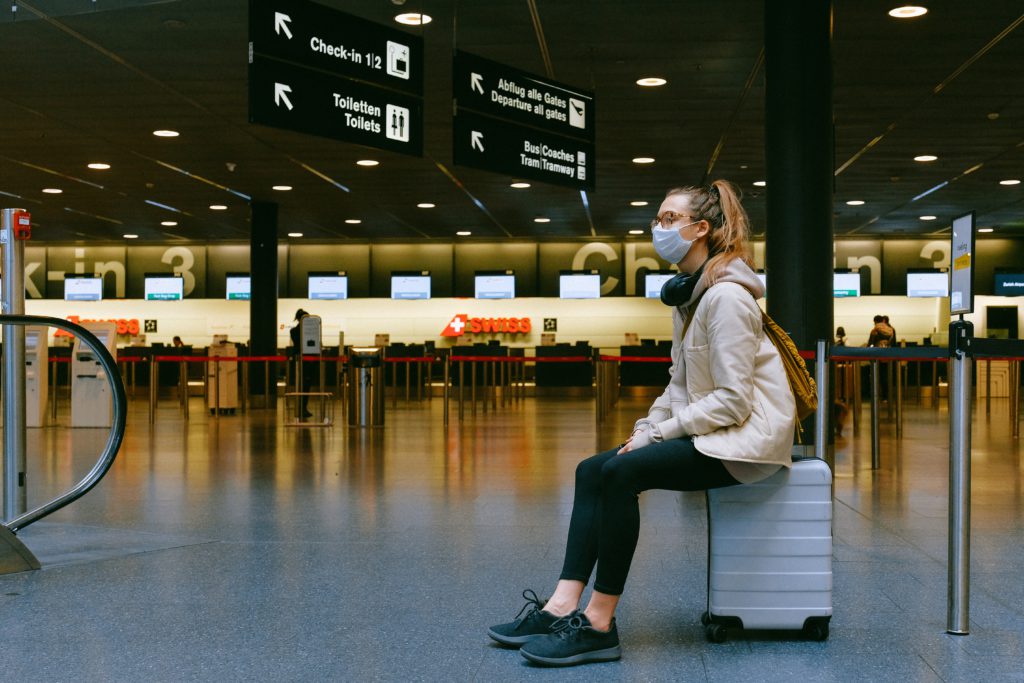Mobility and Travel in Post-Corona

The Corona pandemic has caused huge disruptions in travel and mobility. Borders have been closed, travelling has come to a halt, aircrafts are grounded. Urban public transport and long-distance trains are experiencing a reduction in passenger numbers of up to 90%. Car and ride sharing companies are radically limiting their activities or even stopping their operations. Micromobility operators such as kickscooter companies cease offering their services in most cities, entire countries or even continents. That’s happening right now. But what will happen after the Corona dust has settled? There will be no back to the old normal, many experts believe. But is that really true?
Mobility and travel will resume after the crisis
Yes, there are some major implications by the current pandemic. In the short-term, individual transport is gaining market share, public transport is suffering. Due to social distancing, travelling by one’s car seems beneficial right now. But owning a car is also a cost factor in times that are and will be financially challenging for many of us. And the drawbacks of cars remain. Pollution, congestion and traffic accidents will still be there when travel and mobility picks up again after the crisis. And public transport will still be the backbone of mobility, at least in urban areas. Yes, there will be less public transport during a transition period. But after mass immunization and/or vaccination has occurred, public transport capacity and utilization will return to previous levels. Besides a few exceptions, in the long-term no dramatic changes are expected. One trend that will remain though are remote work schemes with home office and video conferencing. These schemes had long time been identified as a demand management lever to reduce inefficient daily commuting. If the crisis has pushed remote work schemes to new popularity levels, that’s a positive impact for sure.
Air travel will be hit by a supply shortage
Yes, the air travel industry is hit hard by the crisis. And we can expect that some airlines (e.g. Norwegian) will be in severe trouble and will not make it out of the crisis. At the same time, most major airlines such as Lufthansa or Singapore Airlines will be saved by their governments. Financial aid, debt guarantees and even acquiring major stakes in their most important airlines will be the strategies many governments adopt to save their countries’ main carriers.
This might also be true for airport operators and ground service providers (e.g. baggage handling) who have seen a decline in passengers of more than 95%. For an infastructure business that is primarily fixed-cost based, this is a disaster.

The Corona air travel distaster
Most airlines will be smaller after the crisis than before. Less employees, fewer and smaller aircrafts and less travel destinations. Therefore, supply for flights will decrease. Regarding consumer demand, there will be a rather slow ramp-up in air travel after the crisis. But in the end people will again be travelling to a similar extent as before the crisis. With flight demand slowly but continuously picking up, consumer prices could go up. This development is in line with policymakers’ goal to make flight tickets more expensive for sustainability (e.g. carbon dioxide emissions) reasons. In the business segment things look different. Due to increased video conferencing, there should be significantly less business travel demand in the post-Corona future.
The consolidation in smart mobility is accelerated
Yes, it is obvious that sharing concepts such as car or home sharing (Airbnb etc.) are heavily affected by the pandemic. Nevertheless, the sharing economy is well-established and with a few adjustments, the overall concept will remain. We will see that financially strong platforms or corporate-backed players such as Uber or Your Now will defy the crisis. Smaller players in need of funding, however, might be in trouble. Venture capital is hard to get in Corona times and the consolidation in the shared mobility space will accelerate. Especially ride sharing providers offering shared rides with multiple passengers will be having a hard time in the shared mobility end game.
Yes, the same is true for the micromobility industry. Micromobility is an individual mode of transportation and will be an important component in future mobility. Kickscooters have recently been a hype to fill the first- and last-mile gap. But a long winter followed by a tough Corona spring made operators suffer. Kickscooter providers such as Voi, Lime and Bird have disappeared from many cities. And it is not yet clear who will return. Just as in the shared mobility space, the pandemic will accelerate the necessary industry consolidation.
In the future, kickscooters could be more and more replaced by activity-based transportation modes. Cycling and walking are more popular than ever. In many cities bike sharing and cycling lanes are heavily pushed by policymakers. Some cycling lanes established during the current crisis might persist and replace roads that have been used by cars before.
The long-term trends are still in place
In a nutshell, the post-pandemic mobility future will probably not be that different. The long-term trends towards sustainable, shared and smart, digitally enabled mobility are still in place. With the crisis left behind, the willingness to assess alternatives to traditional mobility modes may well increase. Smart mobility can provide solutions to increased social distancing and commuters turning to increasingly varied and disparate transportation options. The current crisis will be a driver and accelerator of the smart mobility movement.
